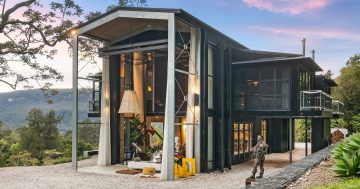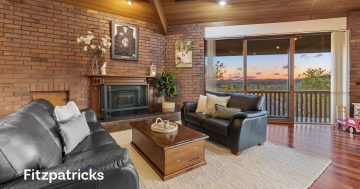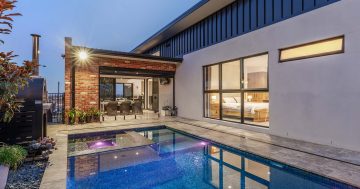Jessica Richman* says too few employers consider the needs of larger-bodied workers when designing their office spaces.
 It is hard to focus on work and do your best when you can’t actually fit in your office chair.
It is hard to focus on work and do your best when you can’t actually fit in your office chair.
When most organisations think about diversity and inclusion, they usually don’t think: “How do we make sure our employees fit comfortably in their chairs so they can perform at their highest level?”
Yet as 65 per cent of Australians are overweight and 29 per cent are obese, employers need to start considering the implications their seating options have on their employees.
Eloquii is a US retailer for women who wear sizes 14–28, did just this.
It has always been in touch with their customers and actively solicits their feedback.
The company applies this mindset to their employees as well.
Not only do they want their employees to enjoy their work, they also want them to feel comfortable while they are working.
According to one study, happy employees can be up to 20 per cent more productive than unhappy ones.
To ensure optimal employee experience, Eloquii surveyed their staff on a variety of workplace facets.
Some of the key feedback included requests for more ergonomic chairs, particularly chairs with wider widths, which the company then supplied.
The employee feedback has been overwhelmingly positive.
Employers should adopt Eloquii’s example and learn how to better understand the needs of their employees.
Although few and far between, there are consultancies popping up that help organisations address the design office space for larger-bodied workers.
One such organisation is AllGo, founded by Rebecca Alexander.
According to Alexander, “Great companies know that good employee morale is critical to their company’s success.”
“For plus-size employees, it is demoralising to arrive to work every day to chairs that leave bruises on your hips.”
Bathrooms designed so poorly that they have just as much space as an airplane is another issue Alexander often sees.
“Happy employees are a company’s best asset,” she says.
“And there are lots of great, easy-to-implement, and inexpensive ways to motivate and reward plus-size people.”
Architecture firms are seeing an increase in organisations thinking about inclusive design, including how to better serve larger-bodied employees, customers, and patients.
Alan Gerencer, a Principal at architecture and interior design firm ZGF, says his company is focused on ways design can be used to make the world a better place.
He notes that the workplace is “not one size fits all”, and that when organisations are thinking about their office designs, they need to think less about designing offices for 600 of the same people, and more about designing for specific types of users, including users with bodies of all shapes, sizes, and abilities.
One of the ways to do this is to provide a variety of spaces where people can feel comfortable and productive.
Like Alexander, Gerencer agrees that providing choice is a key element to creating a better office environment.
Although he sees positive trends with regard to the design of more inclusive spaces, he sees a need for better product offerings.
For example, bariatric furniture originally came out of the healthcare world, when designers needed to look for hospital and medical furniture that would fit bodies that were over 136 kg.
Most bariatric furniture is still designed with patterns and designs that are not visually appealing and apply a stigma to those who are seated.
Gerencer believes we need to move away from the concept of bariatric furniture and simply design attractive furniture to fit all bodies.
I note a similar trend in some people wanting to move away from the term plus-size clothing and simply call it clothing.
It is important to provide various communication options to employees for them to be most comfortable expressing their needs when it comes to furniture.
Employers should make sure that when all employees start, they ask if they have specific needs around seating and spacing between desks and chairs, so as not to single out larger-bodied employees.
Furthermore, when designing an office, keep in mind the public spaces where employees work or socialise.
Make sure there are seating options so all employees can feel comfortable.
One way to create an environment that supports size-inclusion is to pay attention to the physical needs of larger-bodied employees and candidates for employment.
This will lead to an overall happier work environment, which in the long run could lead to better business outcomes.
* Jessica Richman is founder and CEO of The Visible Collective.
This article first appeared at www.fastcompany.com.











